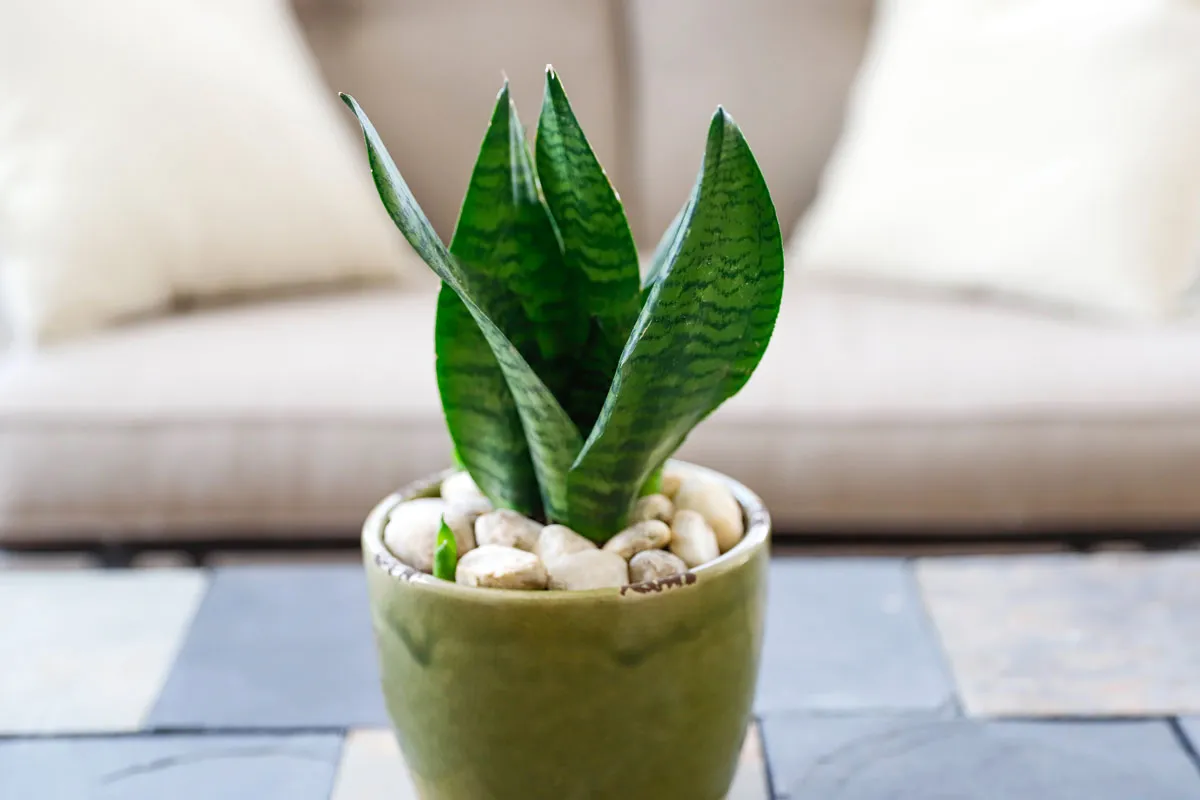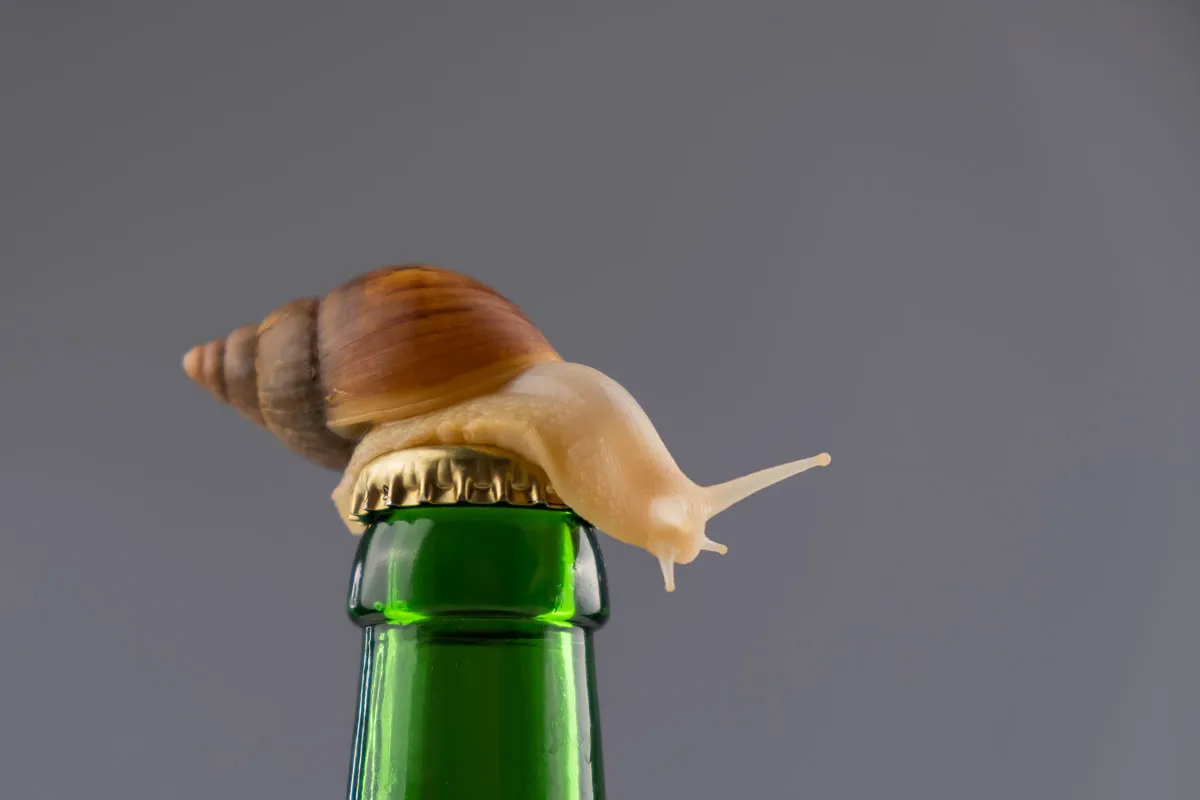It has taken me 40 years to discover the joy of gardening. Not since sowing a handful of cress seeds into a compost-filled plastic cup at the age of six had I felt the thrill of seeing perfectly formed green life emerge from brown dirt.
Like so many others, the COVID lockdowns became an opportunity to rediscover the wonders of nature just outside the back door. Gardening is the perfect antidote to doom-scrolling through today’s news – it reconnects us with the perpetual cycle of life, death, and renewal of which we are all a part. And yet for something as beautifully simple as sowing, planting, and watering, we humans have made gardening terribly complicated.
Trained as a medical doctor, I know only too well how to bamboozle others with technical terms – and now as a gardener, I am befuddled by a forest of gobbledygook and strange rituals. What is a perennial? What on earth is mulching? Our adult egos make us embarrassed to ask.
Old hand or rookie, I’m willing to wager you’ve been confused by Latin names, a mysterious term, or perhaps wondered whether you really do need to put 'crocks' in the bottom of plant pots. Here I explain the misunderstandings and pseudoscience that sprout up in gardening faster than clover.
1. Using a spade won't help your soil – it could ruin it
Soil is the most precious thing in your garden, yet for years it has been mistreated. Digging, we are told, will remove weeds, reduce 'compaction' by adding air or improving drainage, and boost soil fertility. Research now shows that the reverse is actually true. Farmers around the world are catching on, and even more are ditching their ploughs to switch to more efficient ‘no till’ practices.
The 200g of soil that you can easily hold in your hands contains 100 billion bacteria, 5,000 insects, arachnids, worms, molluscs, and minute fungal filaments that would stretch 100km if laid end-to-end. This mind-blowingly complex interconnected system of life is what makes soil healthy and will nourish and protect any plant that sets down roots within it.
Healthy soil also has a spongey structure that crumbles and can be pressed back together easily. Air and water freely flow through soil’s vast network of microscopic tunnels, sustaining everything that lives within it. However, this architecture is left in ruins after work with a spade.
Each slice with a spade severs countless fungal threads, through which plants receive nutrients and water, collapses the many tunnels forged by earthworms, and unearths sleeping plant-digesting microbes, stimulating them to feed and then release plumes of greenhouse gases into the air. Soil that has been dug up actually ends up more dense, compressed, and airless ('compacted'). So make sure to keep the spade in the shed, unless it is for planting and moving plants, or perhaps shovelling compost.
Instead, protect the soil’s structure and feed its precious unseen ecosystem (called the soil ‘food web’) while suppressing weeds and reducing the need for watering by simply ‘mulching’ with organic matter, preferably garden compost.
‘Mulching’ simply means to lay something on the surface of the soil. ‘Organic matter’ means any dead, decaying or decomposed material that has come from a living organism (i.e. plant or animal), and can include leaves, grass clippings, bark or wood chippings.
At the boundary between mulch and soil, insects, tiny bugs, earthworms, and microscopic organisms work to digest this organic material, which is integrated into soil – there really is no need to 'dig in' anything.
2. Pebbles in a plant pot won't alter humidity levels

Many a house plant struggles with the dry air of a centrally heated home. Placing a pot plant in a dish of pebbles and water may look pretty, but does nothing to change the humidity in the air around their foliage. Neither does spraying a fine mist over their leaves, which evaporates in seconds. Put humid-loving tropical plants in a bathroom instead.
3. Compost is actually easy to make – and could save the planet
Compost is a wonder food for soil that supercharges plant growth when laid on its surface. It is easy to make from ordinary garden and kitchen waste, and by doing so, you will also be doing your bit for the planet. Discarded food ranks high in the league table of climate crimes. Every kilogram of food waste you lob into the trash, the equivalent of about 2kg of carbon dioxide ascends heavenwards from a landfill – the same as burning a litre of petrol.
We all know that apple cores, vegetable peelings, and bread offcuts all rot down into brown mush. However, in the vile toxic cauldron that is a landfill site, the air-breathing microscopic creatures that would normally decompose dead stuff are suffocated beneath a mountain of paper, plastic, tins, and broken television screens. In their place, subterranean bacterial nasties go to work.
Anaerobic (‘without oxygen’) demons of the dark ferment our buried food into acids, alcohols, and methane gas, which billows up into the atmosphere. Composting your peelings mimics nature’s recycling process and can be incredibly simple: just collect your food waste (including eggshells and coffee grounds) – ideally chopped up nice and small – in a large, sealed container and mix with roughly equal amounts of dry, organic matter, such as shredded paper, brown fallen leaves and/or cardboard.
Top it up as you go with a 50-50 mix and give it a stir every so often so that all the microbes can breathe some air and in a few months’ time you will end up with brown crumbly stuff at the bottom that no longer resembles anything you put in. Add it to your garden by either laying it on top of bare soil or to boost the health of everything that grows there. Alternatively, give it to someone with a garden and you will have a new best friend.
Read more:
- The soil in your garden could 3D print your next home
- 7 robotic lawn mowers to keep your garden neat and tidy
4. The most common slug and snail traps do very little

Cast aside notions that eggshells, copper wires or beer traps stop will prevent your hostas from being ravaged by slugs, or your lettuces being hoovered up and snails. These molluscs’ thick slimy bellies slide over obstacles with ease and, while slugs are tempted by the heady aroma of beer, only a handful of unlucky souls end up drowning in the drink.
5. Not all soil is suitable for all plants
If you’re going to grow in pots, you’re going to need something to plant your seeds into. Garden soil won’t do in small pots because it soon becomes dense and airless when divorced from the living, breathing soil ecosystem. So onto the e-shopping list goes a potting mix, which are confusingly called ‘composts’. But which to buy? Expect to be perplexed.
Seed compost, loam-based, ericaceous or peat-free? Gardening magazines and websites tell you to buy a compost for sowing seeds, one for ‘potting on' or 'potting up’, and a compost for mature plants, although research generally shows there is usually no benefit to buying these composts – a good quality multi-purpose compost is just as effective.
For plants which evolved in acidic soils (rhododendrons, camellias and pieris, etc) it is wise to opt for an acidic ‘ericaceous’ compost – so named after a family of acid-loving plants called the ‘Ericaceae’. Take care to avoid composts containing peat, however, which really ought to be consigned to history.
Prized for its spongy, water-absorbent qualities, peat (the ‘forgotten fossil fuel’) is jet-black earth sliced out from bogs and peatlands. Rare habitats are laid waste by the peat industry and for every cube extracted, carbon dioxide from prehistoric rain forests that has been locked away for millennia is released – it is like burning coal to keep your petunias pretty.
Read more:
6. Don't worry about watering plants in the Sun
Fret not about watering outdoor plants under the blazing summer Sun causing leaves to scorch. The so-called 'lens effect', whereby droplets apparently focus solar rays onto leaves, never actually happens, not least because droplets evaporate away far too quickly. If plants are thirsty, give them a drink.
Forget the watering reminder apps for indoor plants and instead water them according to their changing needs through the seasons. Overwatering is the number one cause of death of indoor plants.
Bits of broken terracotta (‘crocks’) or gravel in the bottom of a pot are said to reduce waterlogging and avoid fungal root rots. In fact, science shows that plants in containers with crocks fare no better than those without. Worse, their addition may actually prevent good drainage, causing water to pool higher up inside the pot.
7. Ignore the urban beehive buzz
Well-meaning often urbanites set up beehives to try to help our beloved pollinators, which are dwindling in the face of climate change, habitat destruction and pollution, but these hives do more harm than good. Rather, a new beehive introduces a ravenous colony of honeybees (which are not endangered) to gobble up all the nearby nectar and pollen, leaving the local pollinators, including bumblebees, solitary bees, hoverflies, and butterflies to starve.
Worse still, because there isn’t enough food to go round, these beehives rarely produce a good crop of honey and are often abandoned after the damage has been done.
The Science of Gardening: Discover How Your Garden Really Grows by Dr Stuart Farrimond (£20.00, DK) is out now and is available from these outlets and Amazon UK.
Read more:
